- Home
- About
- Blog
-
Butterfly Gallery
- Hesperiidae >
- Papilionidae >
- Pieridae >
-
Lycaenidae
>
- Black Hairstreak
- Brown Hairstreak
- False Ilex Hairstreak
- Green Hairstreak
- Ilex Hairstreak
- Purple Hairstreak
- Sloe Hairstreak
- White-letter Hairstreak
- Large Copper
- Purple-edged Copper
- Purple-shot Copper
- Scarce Copper
- Small Copper
- Sooty Copper
- Violet Copper
- Adonis Blue
- Alcon Blue
- Alpine Blue
- Amanda's Blue
- Baton Blue
- Brown Argus
- Chalkhill Blue
- Chequered Blue
- Common Blue
- Cranberry Blue
- Damon Blue
- Dusky Large Blue
- Escher's Blue
- Geranium Argus
- Glandon Blue
- Green-underside Blue
- Holly Blue
- Idas Blue
- Large Blue
- Mazarine Blue
- Mountain Alcon Blue
- Northern Brown Argus
- Piedmont anomalous Blue
- Provence Chalkhill Blue
- Reverdin's Blue
- Ripart's anomalous Blue
- Scarce Large Blue
- Silver-studded Blue
- Silvery Argus
- Small Blue
- Short-tailed Blue
- Turquoise Blue
- Duke of Burgundy
-
Nymphalidae
>
- Purple Emperor
- Lesser Purple Emperor
- White Admiral
- Southern White Admiral
- Hungarian Glider
- Camberwell Beauty
- Comma Butterfly
- Large Tortoiseshell
- Map Butterfly
- Painted Lady
- Peacock
- Red Admiral
- Small Tortoiseshell
- Assmann's Fritillary
- Bog Fritillary
- Cardinal
- Cranberry Fritillary
- Dark Green Fritillary
- False Heath Fritillary
- Glanville Fritillary
- Grisons Fritillary
- Heath Fritillary
- High Brown Fritillary
- Knapweed Fritillary
- Lesser Marbled Fritillary
- Marbled Fritillary
- Marsh Fritillary
- Meadow Fritillary
- Mountain Fritillary
- Nickerl's Fritillary
- Niobe Fritillary
- Pearl-bordered Fritillary
- Queen of Spain Fritillary
- Shepard's Fritillary
- Silver-washed Fritillary
- Small Pearl-bordered Fritillary
- Spotted Fritillary
- Titania's Fritillary
- Twin-Spot Fritillary
- Weaver's Fritillary
- Satyridae >
- Metamorphosises >
- Alpine Species
- Germany - Eifel
- Butterflies in France
- Butterflies NL
- Threats & Enemies
- UFI
-
Gallery A - Z
- Amphibians
- Aosta - Gran Paradiso
- Ardeche
- Bayerischer Wald
- Beetles
- Bluebell Forest
- Caterpillars
- Cevennes
- Dordogne
- Holy Love
- Hungary
- Insects - Others
- Jumping Spiders
- Kleine Beerze
- Kleine Beerze II
- Koebosch
- Landschotse Heide
- Little Owl
- Luberon
- Lueneburger Heide
- Mercantour
- Mercantour part II
- Orchids Dream
- Pink and Purple
- Snakes and Reptiles
- Spiders
- Spring Flowers
- Strabrechtse Heide
- Styria
- Teutoburger Wald
- Toxic Tales
- Var
- Blog Vosges
- Rust In Peace
|
Last Saturday we moved to an other valley with the hope to find a lot of alpine butterfly species. Unfortunately this valley is extremely suffering from the drought and although at day hundreds of butterflies are flying, I miss a lot of species. The erebia's, grizzled skippers, scarce coppers and chalkhill blues are doing it very well. Thanx to a lot of erebia species I hit the 100 species! During my visits to this valley in 2020 and 2021 I found the Silvery Argus....for me a special species and fortunately I found them regularly early in the morning. Although we have since almost four weeks blue skies, high temperatures without clouds and a lot of wind in the morning, I was happy to catch one male Silvery Argus with open wings just at the moment a very small cloud causes soft light: For the first time cloudy weather is forecasted for tomorrow so I'm curious what I will find on the last day. A nice 'dessert' would be welcome!
1 Comment
Unfortunately, our third week in the Aosta - Gran Paradiso region went by too fast; tomorrow we will move to another place/valley. It was a week of high temperatures and very active butterflies. Fortunately we had some rain two days ago and slowly the meadows are transforming from brown into green again. From a Social Media friend, which I met last week in this region, I received a spot in this valley of the Meleager's Blue. I visited this spot a few times with the hope to find a roosting female but I 'only' found males: Because of the high temperatures they were active and creating some shadow over them was too much asked; only one male was a bit cooperative and I was able to catch him with open wings: But, this valley was good for a complete new butterfly species which I had never seen/photograph before. At first, I even did not recognize that this was NOT the common apollo....I tried to make a landscape photo with an apollo on a flower. Only after I came closer I noticed the two red spots on the fore wing and realized that this was NOT the common but the Small Apollo: Until now I counted 94 different butterfly species.....with one valley left I hope to 'hit' the 100 species!
EDIT: back home I noticed that this is not the Small Apollo but 'regular' Apollo. In one of the Aosta valleys lives a very rare little brown butterfly of the blue family (Lycaenidae): the Piedmont Anomalous Blue (polyommatus humedasae). This little butterfly is endemic to Italy/Aosta. Like in 2020 and 2021 I payed a visit to the hotspot of this species. First, I was shocked how dry and and brown this spot was; I found some butterflies but not the species and amounts of the two former years. Secondly I noticed that a lot of Piedmont Anomalous Blues were numbered and searching for this species felt like a kind of bingo game! During our first visit at day we found number 10, 70, 87 and two not numbered species on the main path. On our second visit we found number 6, 33, 38, 51 and 99 and again some not numbered species; all around/at the main path. Interesting was that number 38 was roosting far away from the other butterflies. We had plans to return a third time this morning to get a full bingo card with hundred numbers but it was too warm during the last two nights that they will fly away immediately. But, the most remarkable thing is that I found this rare species on an other spot! Out of the blue there was sitting a beautiful Piedmont Anomalous Blue in front of me, what a nice bingo price: I also saw a second one so I guess that there is a very small population on this spot.
In the meantime we have left the Mont Blanc view accommodation and moved in into an other beautiful place/valley at 1750 meters with 29 degrees in the shadow! Again I'm in the Aosta - Gran Paradiso region at the moment as this region is perfect for a butterfly and nature lover like me. Comparing to other years it is very dry and instead of pink bog and sainfoin the meadows and borders are brown. Near rivers and creeks fortunately it's not too bad. Unlike other years I have booked four different accommodations in three different valleys. Our first accommodation was a small farm at the end of the valley from which we could walk to different butterfly spots. On the last day of our stay at the first accommodation/valley I could photograph the very rare Cranberry Blue in a kind of moor area. After five days Aosta - Gran Paradiso I counted more than 60 different butterfly species in one valley! Yesterday I arrived at the second accommodation, a well-known place as I have been here twice before with Gerard & Frank. With a delicious cup of coffee and a fantastic Mont Blanc view I'm writing this first Aosta blog....watching the butterflies crossing the terrace.
Eunice was one of the February storms this year which struck the Netherlands on the 18th of February. Heavy gusts of 145 km/hour caused a lot of fallen trees and other damage. After the storm I searched twice for eggs of the Purple Hairstreak; I needed to be quickly as fallen trees and large branches were cleaned up quickly. After two searches I found 32 eggs on fallen branches, often with two eggs. Just before my trip to Greece a lot of the eggs were hatching and when I came back I had 13 little caterpillars (about 8 eggs never hatched): I kept them on a cool place and when the caterpillars were finished eating they transformed into 13 little brown chrysalises. Due to the summer temperatures in the Netherlands 10 of them (five males and five females) have already emerged yet and flew into freedom. I also tried to catch the males with open blue wings but the blue is only visible under a certain angle and every time I moved my camera a little bit they were gone.....but I'm happy with this female who was cooperative and did not fly away immediately when I created some shadow over her.
It's almost two weeks ago that I visited the Eifel again together with the Jordan brothers. We visited a lot of spots and the only thing I can say....it was scary to see how the vegetation of some places had changed enormously. Flowers and larval foodplants are pushed away by grass and other quick growing plants. A small bog area was transformed into high grassland with a few bog flowers left. The amount of Bog Fritillaries was not bad but they were almost fighting about the flowers; the next morning we found two fritallaries on one flower next to the path. Our wish was to find Lesser Marbled Fritillaries but the meadow in which we found a lot of them in 2018 was completely transformed....no larval foodplants, no flowers....only grass. Fortunately we found one butterfly near the path on its larval foodplant and by the time my camera was ready for the first photo the sun arrived and some seconds later the fritillary was gone. Despite the low amount of butterflies we counted 28 species and we had a nice weekend with of course delicious 'Kaffee & Kuchen'.
More than two weeks ago I returned from a short family holiday to the Dordogne/France. It was nine years ago that I visited the Dordogne for the last time and I have to admit that I forgot how attractive this region is. On the way we visited a well-hidden 'old friend' in the forest....after twelve years I was happy that he was still there and that nothing has changed! For one week we rented a house with a terrain of 1,5 hectare, enough to search and find nice butterfly species; the two most common species were the Pale Clouded Yellow and Marsh Fritillary. Due to a cold spring the number of butterflies was low but fortunately the weather was good and day by day the number was increasing. A very nice surprise was the presence of the Provencal short-tailed Blue (Cupido alcetas). It won't be long before I will return to the Dordogne again!
The other location of the False Apollo we visited four times and we stayed there almost the complete day as I wanted decent photos of this species. I learned that the hour before they dive into the bushes to hide for the night they are less active and that they were sitting longer on a flowers or on the path, but I needed to approach them very carefully. Although I photographed in the morning the same male butterflies as in the afternoon, which gave me the impression that their area is not that big, I never saw them the day after. Every day I photographed other False Apollos....the same for the female butterflies. This lovely lady with a lot of red in her wings I did not see again. An other female False Apollo was very slow around noon....first I thought that she was attacked by a spider. When the wind moved her wings I learned that she emerged earlier that day. I was watching her and hoped that she would have been noticed by a male....and suddenly it happened..... a male noticed her and within a few seconds they were mating: My mission False Apollo would be 100% complete with photos of the eggs and caterpillars. I found three different kind of larval foodplants but unfortunately without any eggs or caterpillars.
Nevertheless, mission False Apollo accomplished! After two days of seeing my first False Apollo ever, I returned early in the morning to this spot with the hope to find a sleeping one....at that time not knowing that this species have an other sleeping strategy. After a long search without finding any butterfly, the sun arrived. Shortly after the sun touches a field of grassland, a grey/dead bush near the path started moving....a female False Apollo had awakened and started climbing out to enjoy the first sunshine: Two days after this photo was taken I found this species on an other location and observed them the hole day and learned how they disappear in the bushes of grass. On a large field I first saw a male and a minute later a female diving into the dry/dead bushes of grass and I could not find them back. Although a lot of other butterfly species were still flying around, the False Apollo was ready for the night good camouflaged low above the ground....I guess that this is the reason why they have the name Apollo.
Yesterday evening I visited the Maasheggen (an area with wet meadows near the river Maas) for the first time this year. Since weeks I was saying that I will skip photographing Orangetips this year......so I was searching for other white species. The amount of Cuckooflowers per meadow was completely different comparing to last year. There are a lot of smaller with bushes surrounded meadows which are perfect for detailed macro work but not suitable to catch the sunrise. Fortunately I found a larger meadow with roosting Orangetips and Green-veined Whites....on one Cuckoo flower two Green-veined Whites were roosting. With two roosting butterflies and a red sun in my mind I returned to this area again this morning....unfortunately one of the butterflies left the flower and was roosting in the grass and the sun was shining too bright too soon.
But, I'm happy with this image and I wish all my Dutch friends a happy national 'orange' holiday and for Gerard: Happy Birthday!!! |
Jibt dir dit Leben mal een Buff, denn weene keene Träne. Lach Dir'n Ast und setz Dir druff und baumle mit de Beene.
Archives
September 2023
Categories
All
|
No image from this site is to be downloaded, copied, duplicated, sampled, modified or redistributed!
- Home
- About
- Blog
-
Butterfly Gallery
- Hesperiidae >
- Papilionidae >
- Pieridae >
-
Lycaenidae
>
- Black Hairstreak
- Brown Hairstreak
- False Ilex Hairstreak
- Green Hairstreak
- Ilex Hairstreak
- Purple Hairstreak
- Sloe Hairstreak
- White-letter Hairstreak
- Large Copper
- Purple-edged Copper
- Purple-shot Copper
- Scarce Copper
- Small Copper
- Sooty Copper
- Violet Copper
- Adonis Blue
- Alcon Blue
- Alpine Blue
- Amanda's Blue
- Baton Blue
- Brown Argus
- Chalkhill Blue
- Chequered Blue
- Common Blue
- Cranberry Blue
- Damon Blue
- Dusky Large Blue
- Escher's Blue
- Geranium Argus
- Glandon Blue
- Green-underside Blue
- Holly Blue
- Idas Blue
- Large Blue
- Mazarine Blue
- Mountain Alcon Blue
- Northern Brown Argus
- Piedmont anomalous Blue
- Provence Chalkhill Blue
- Reverdin's Blue
- Ripart's anomalous Blue
- Scarce Large Blue
- Silver-studded Blue
- Silvery Argus
- Small Blue
- Short-tailed Blue
- Turquoise Blue
- Duke of Burgundy
-
Nymphalidae
>
- Purple Emperor
- Lesser Purple Emperor
- White Admiral
- Southern White Admiral
- Hungarian Glider
- Camberwell Beauty
- Comma Butterfly
- Large Tortoiseshell
- Map Butterfly
- Painted Lady
- Peacock
- Red Admiral
- Small Tortoiseshell
- Assmann's Fritillary
- Bog Fritillary
- Cardinal
- Cranberry Fritillary
- Dark Green Fritillary
- False Heath Fritillary
- Glanville Fritillary
- Grisons Fritillary
- Heath Fritillary
- High Brown Fritillary
- Knapweed Fritillary
- Lesser Marbled Fritillary
- Marbled Fritillary
- Marsh Fritillary
- Meadow Fritillary
- Mountain Fritillary
- Nickerl's Fritillary
- Niobe Fritillary
- Pearl-bordered Fritillary
- Queen of Spain Fritillary
- Shepard's Fritillary
- Silver-washed Fritillary
- Small Pearl-bordered Fritillary
- Spotted Fritillary
- Titania's Fritillary
- Twin-Spot Fritillary
- Weaver's Fritillary
- Satyridae >
- Metamorphosises >
- Alpine Species
- Germany - Eifel
- Butterflies in France
- Butterflies NL
- Threats & Enemies
- UFI
-
Gallery A - Z
- Amphibians
- Aosta - Gran Paradiso
- Ardeche
- Bayerischer Wald
- Beetles
- Bluebell Forest
- Caterpillars
- Cevennes
- Dordogne
- Holy Love
- Hungary
- Insects - Others
- Jumping Spiders
- Kleine Beerze
- Kleine Beerze II
- Koebosch
- Landschotse Heide
- Little Owl
- Luberon
- Lueneburger Heide
- Mercantour
- Mercantour part II
- Orchids Dream
- Pink and Purple
- Snakes and Reptiles
- Spiders
- Spring Flowers
- Strabrechtse Heide
- Styria
- Teutoburger Wald
- Toxic Tales
- Var
- Blog Vosges
- Rust In Peace

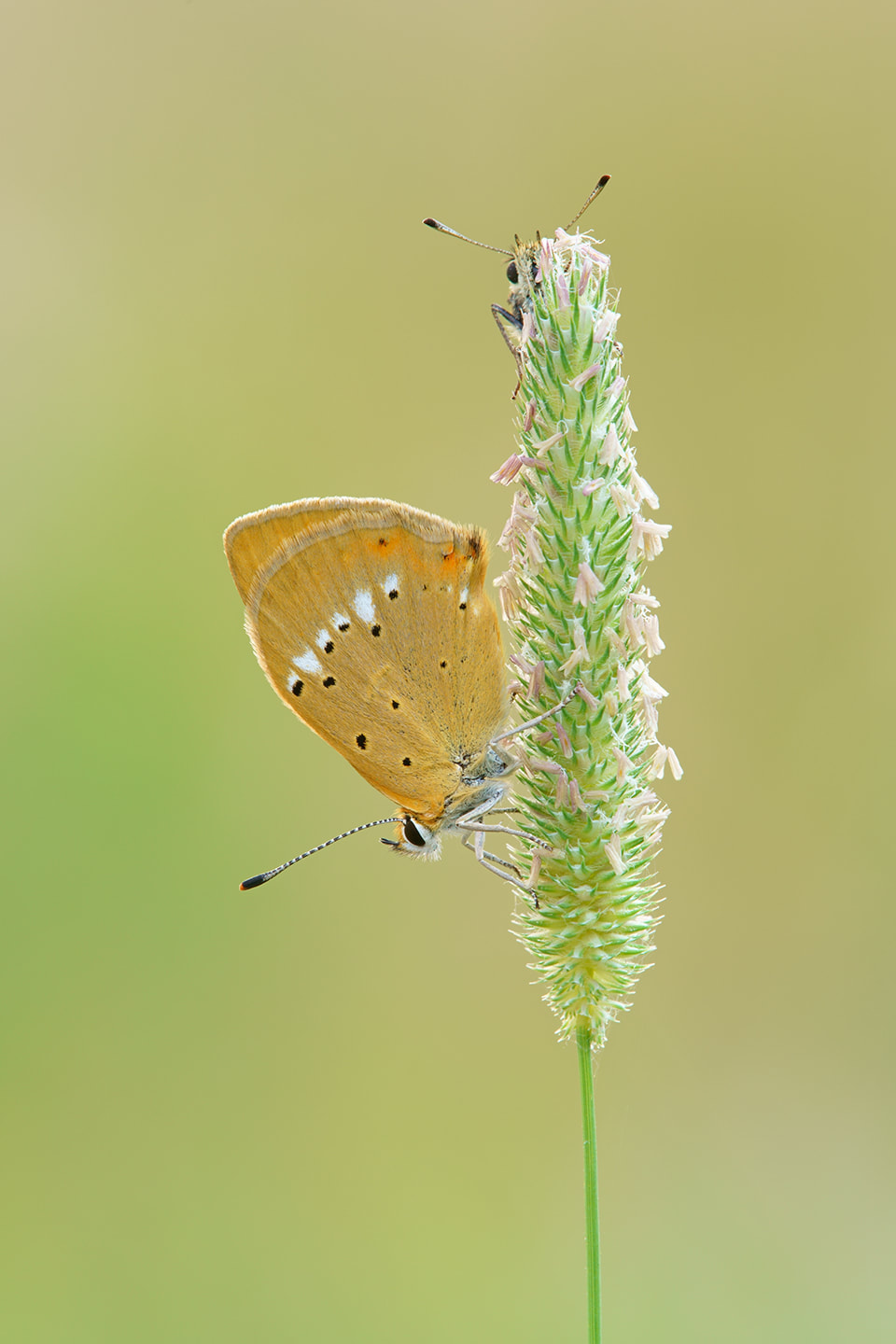
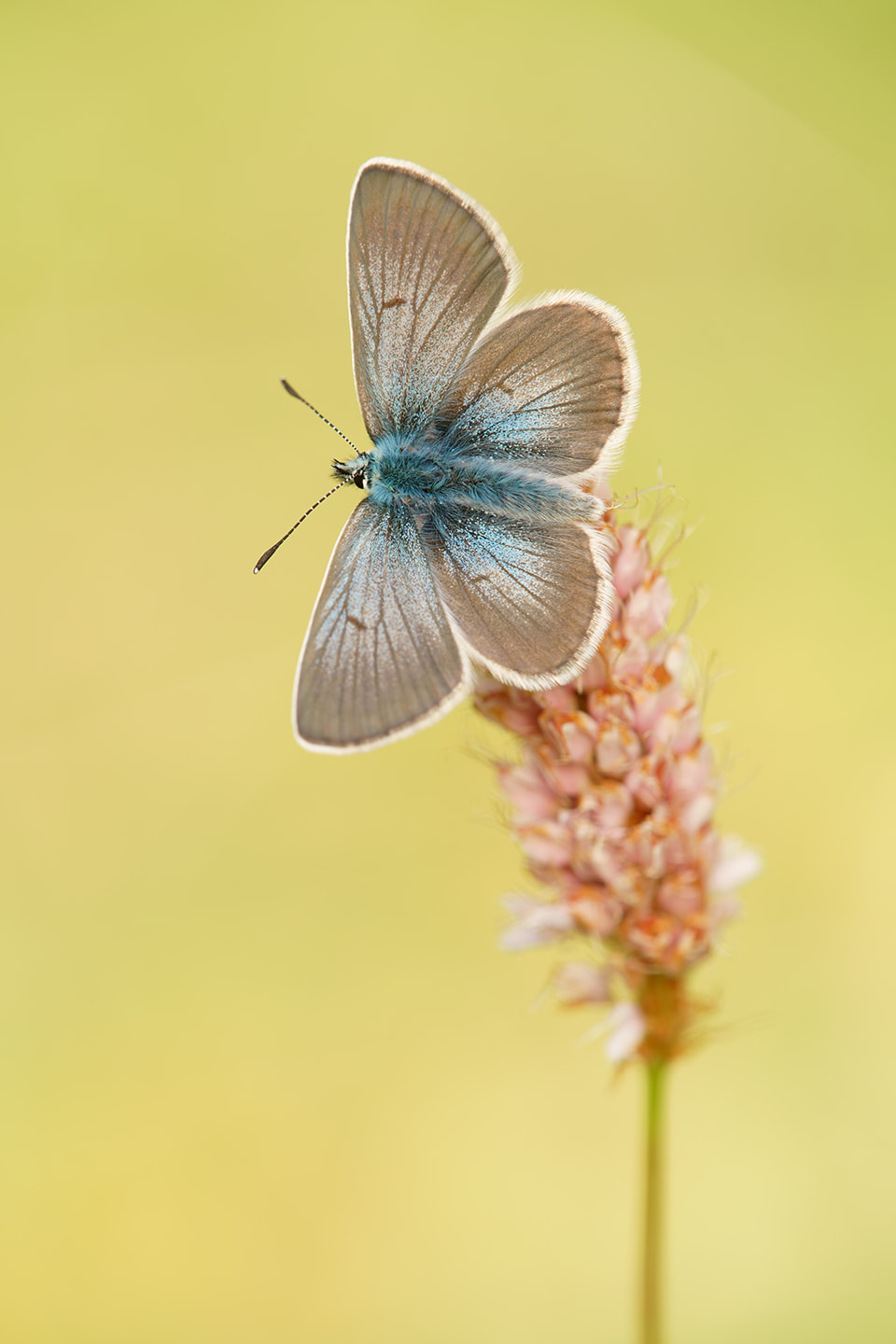

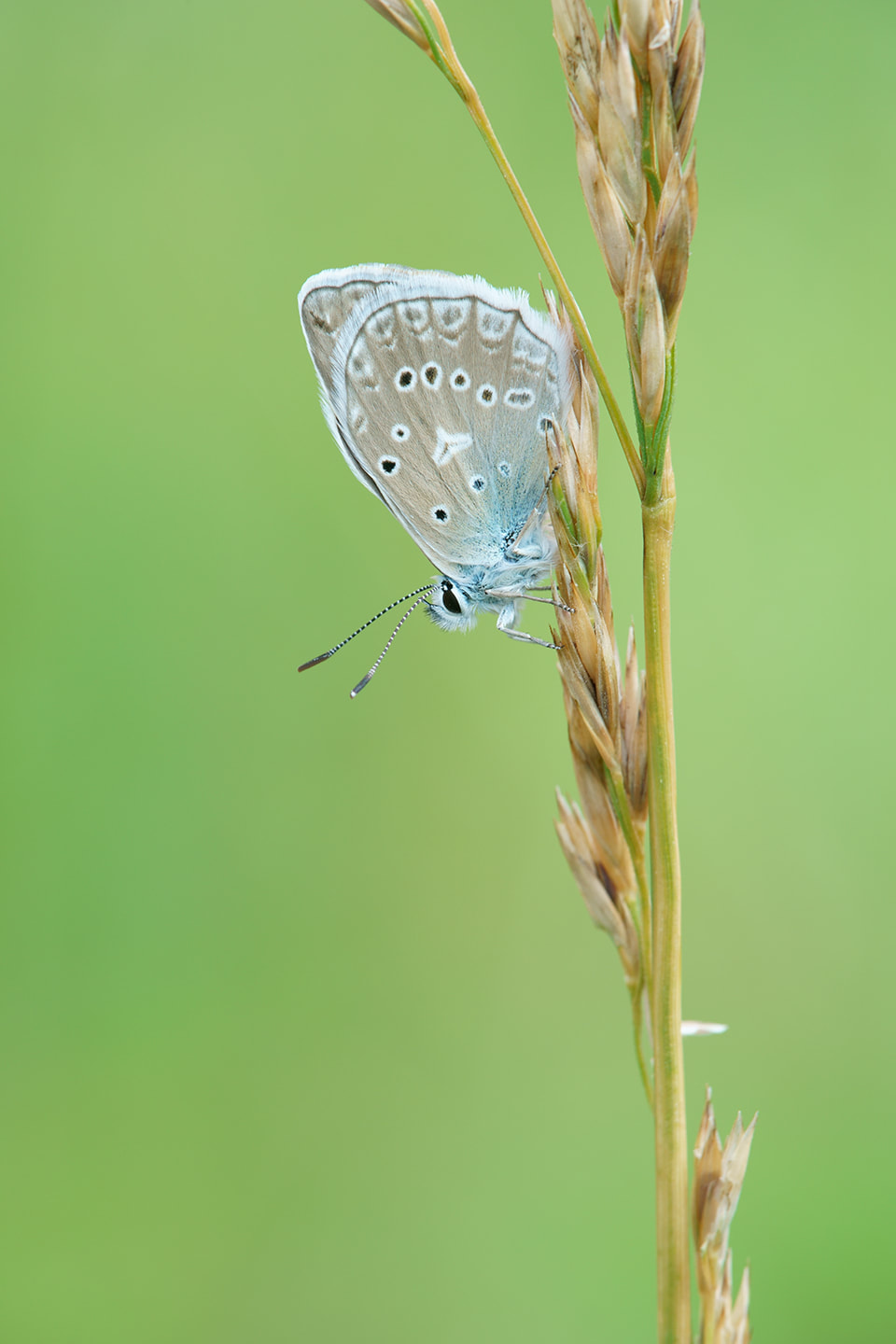




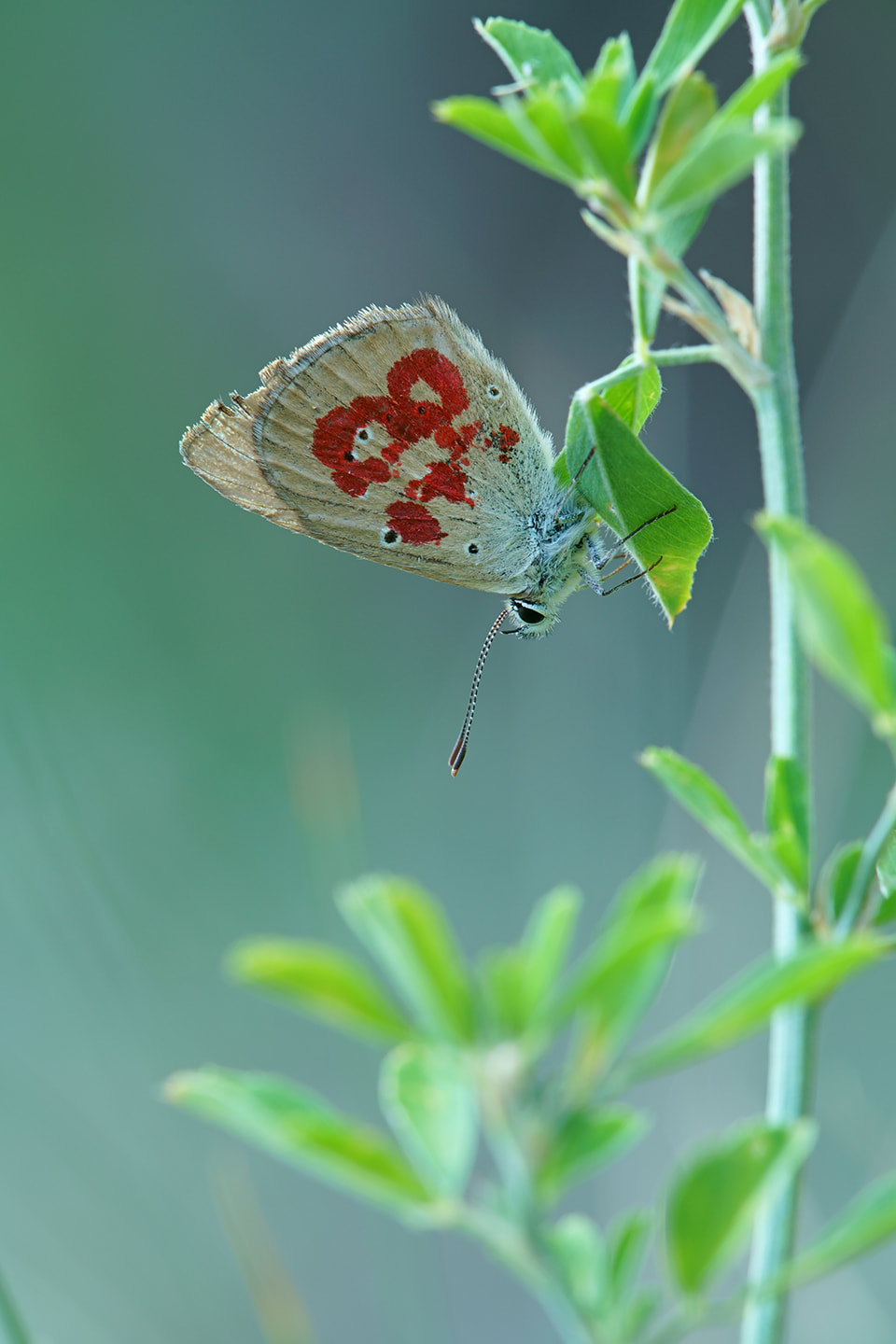
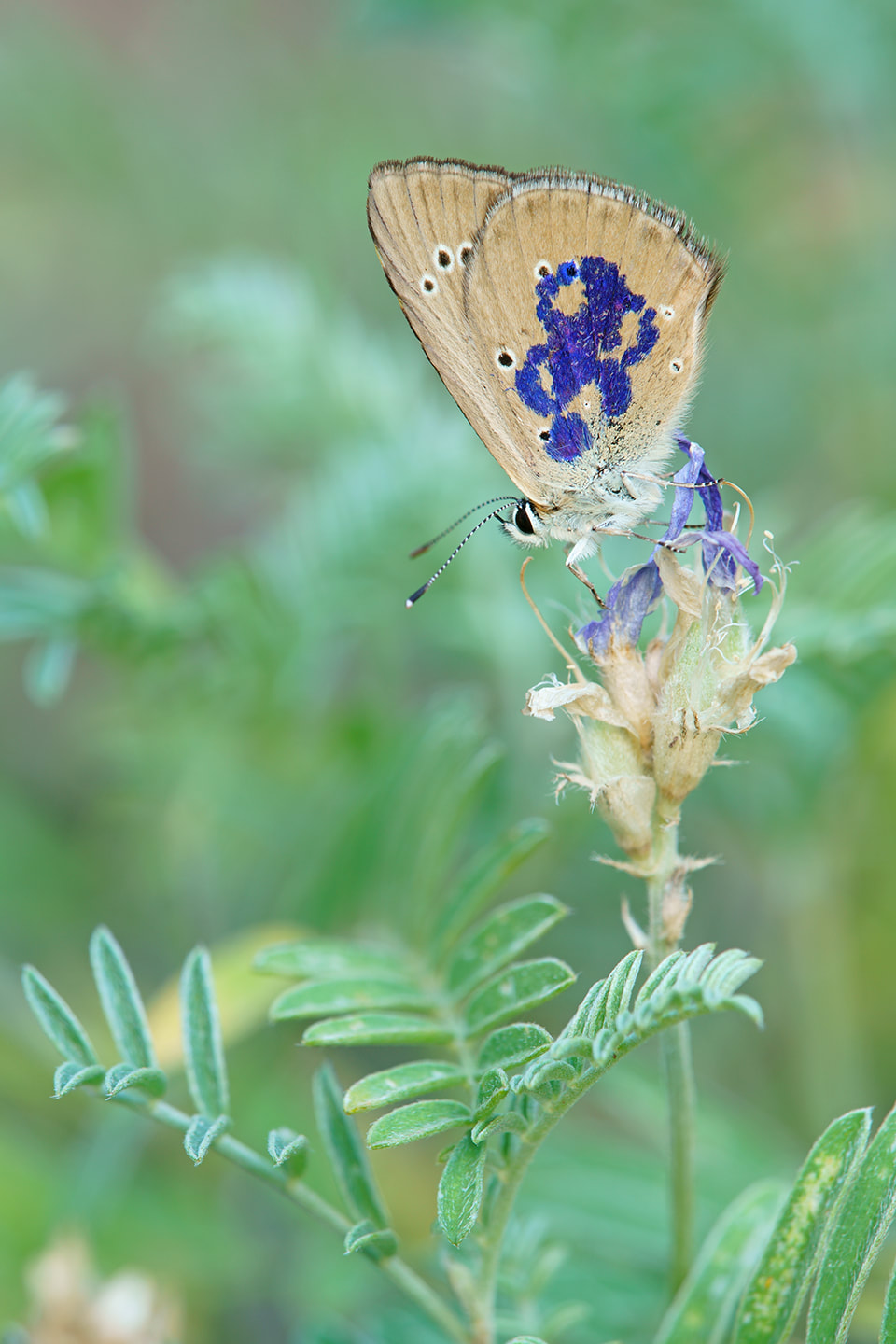

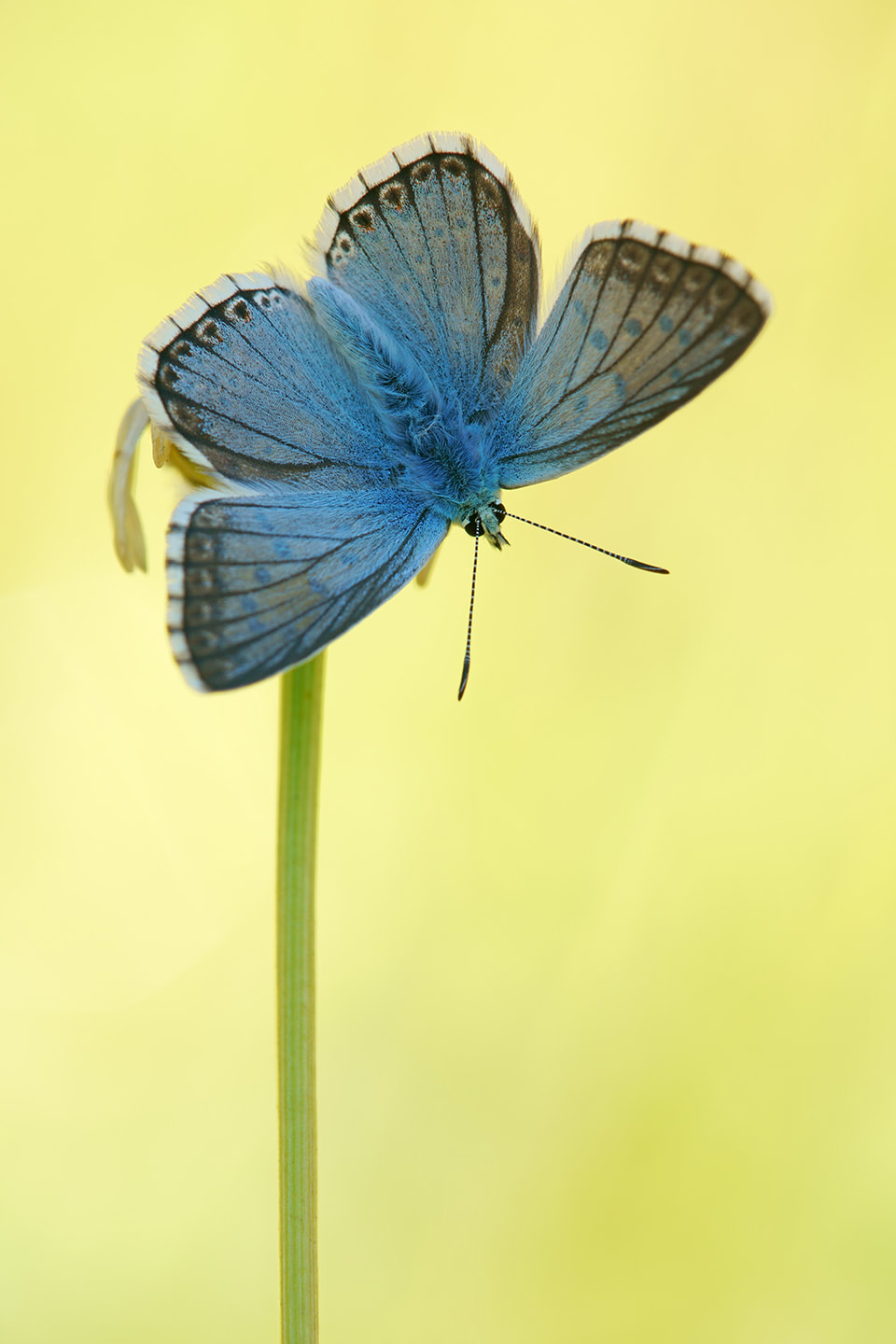

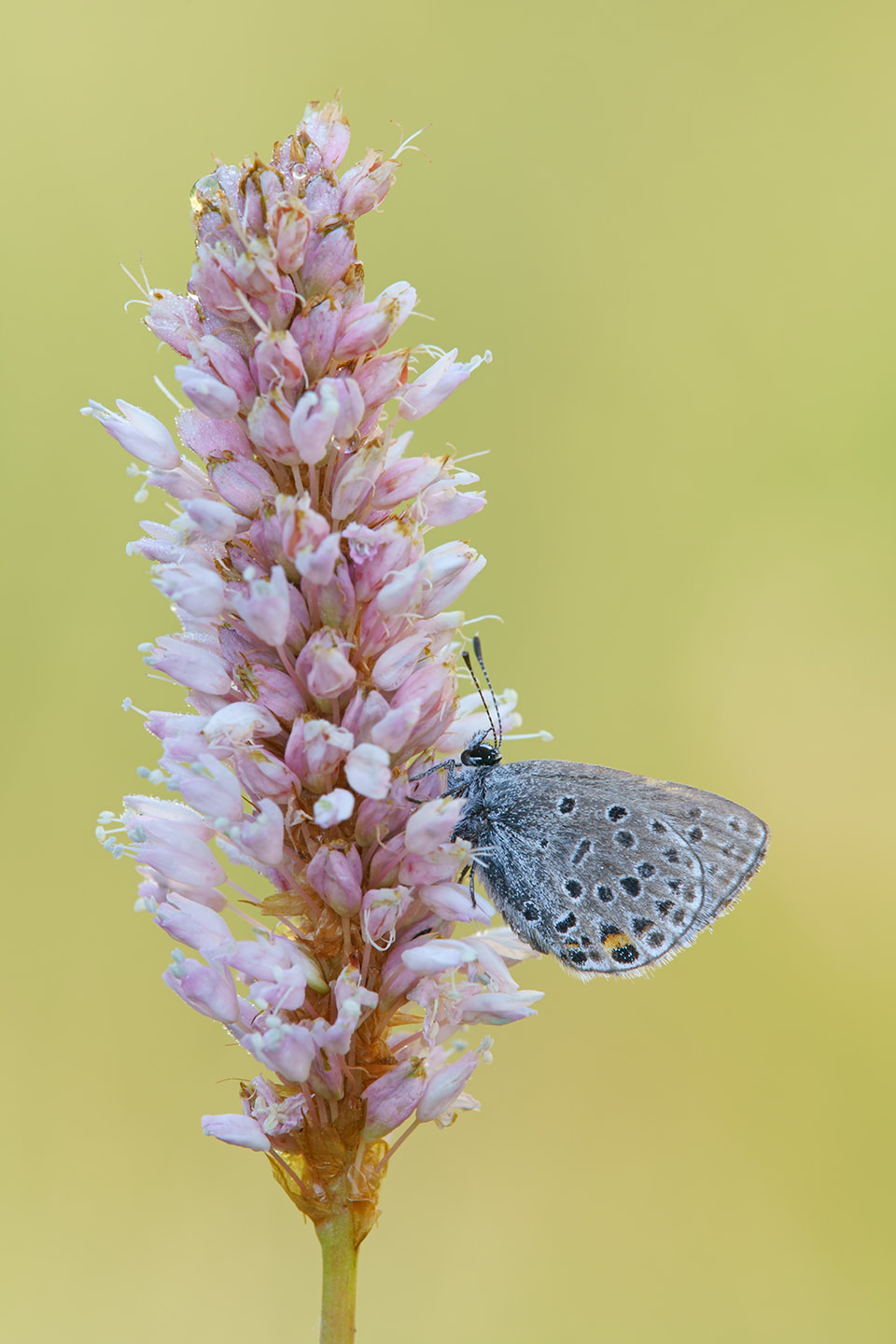

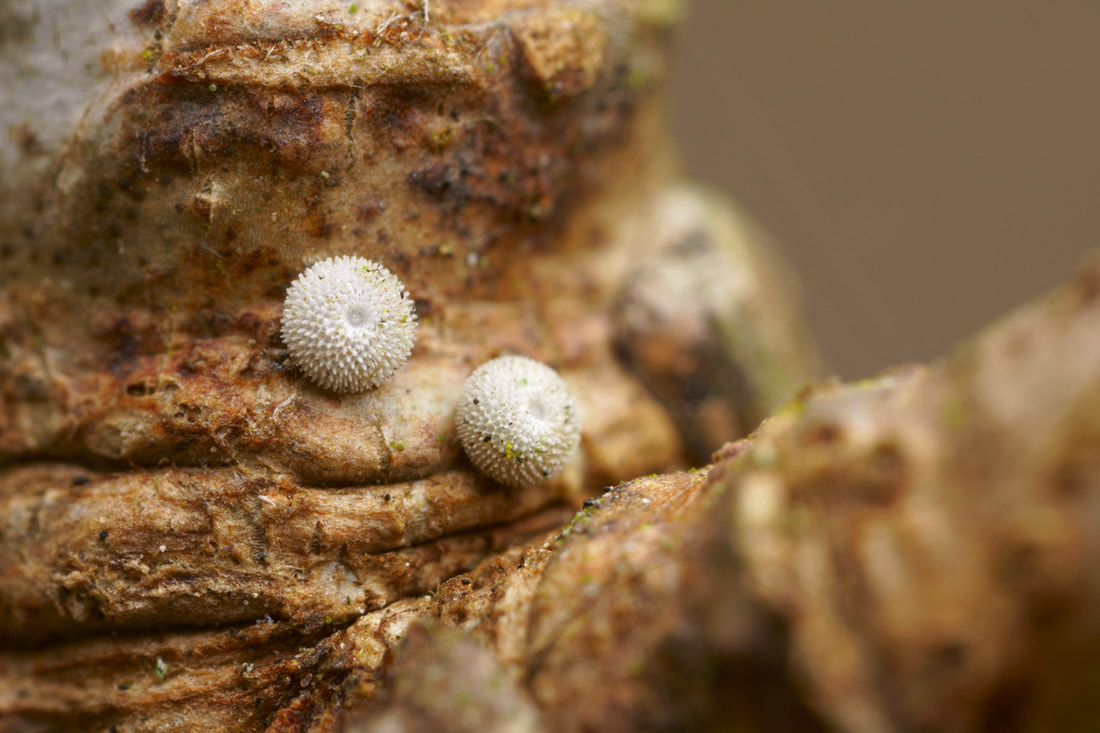


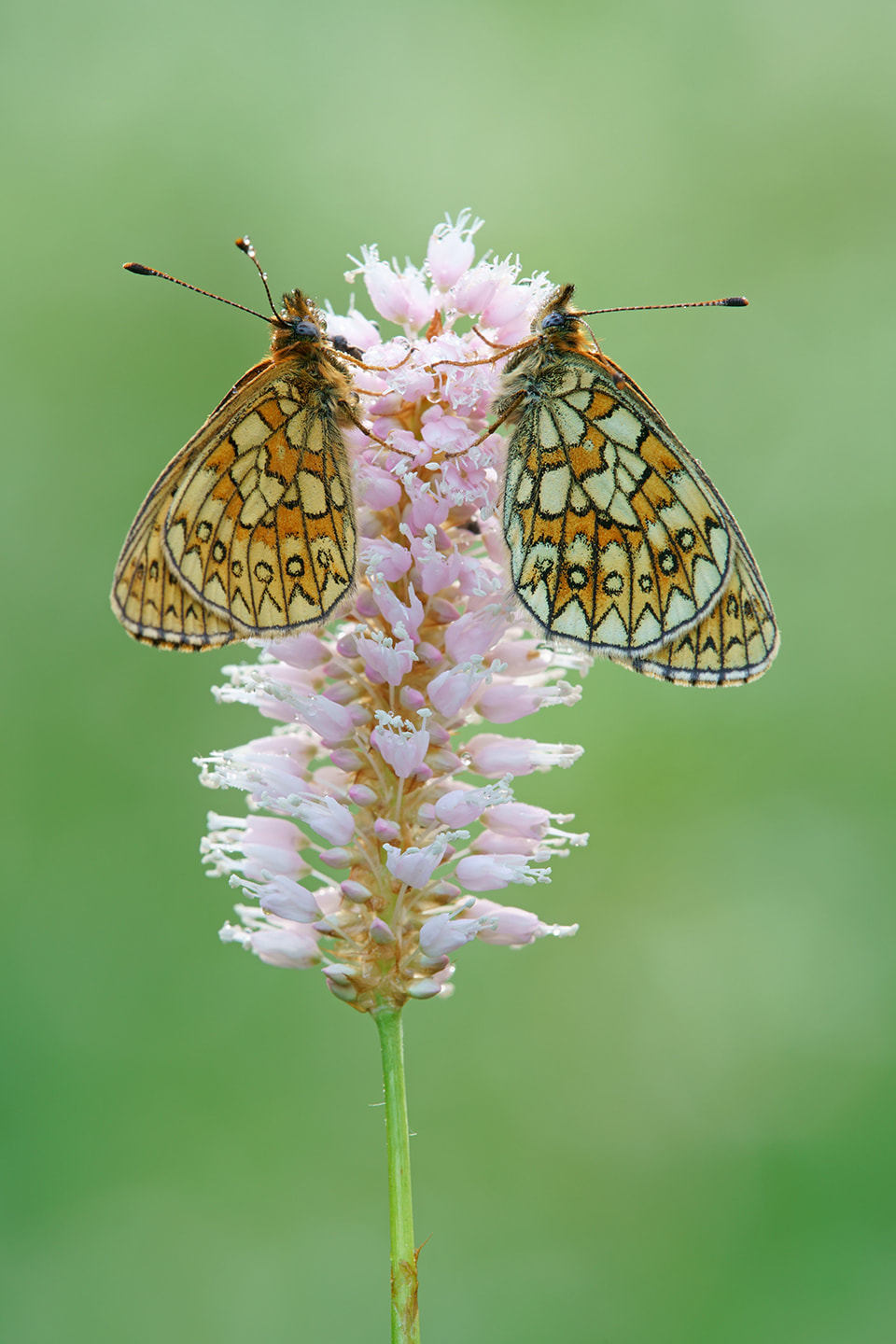


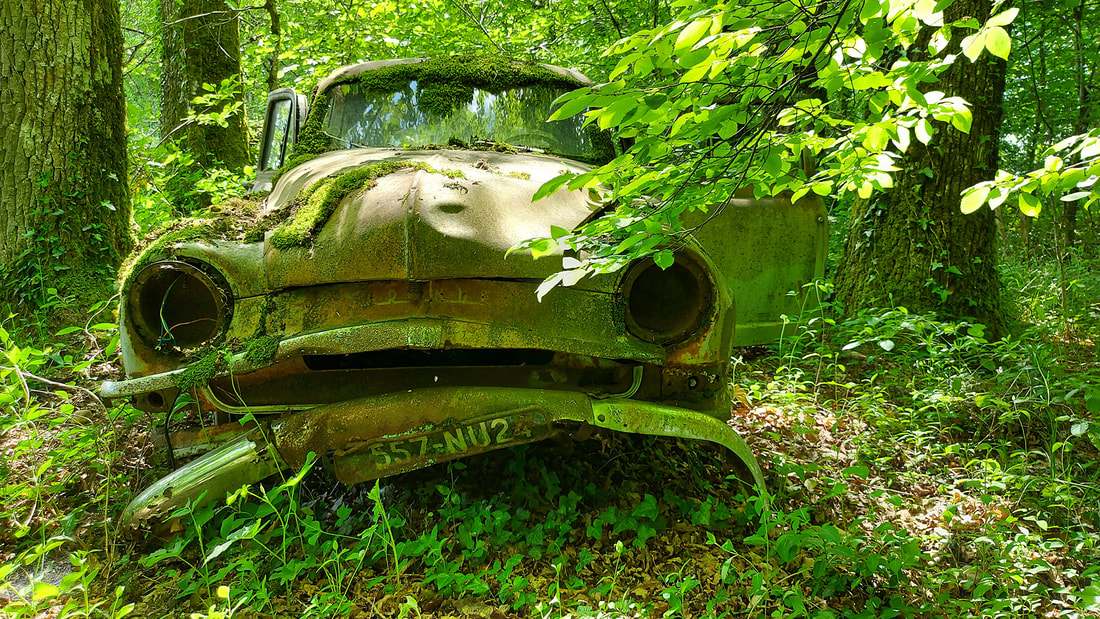


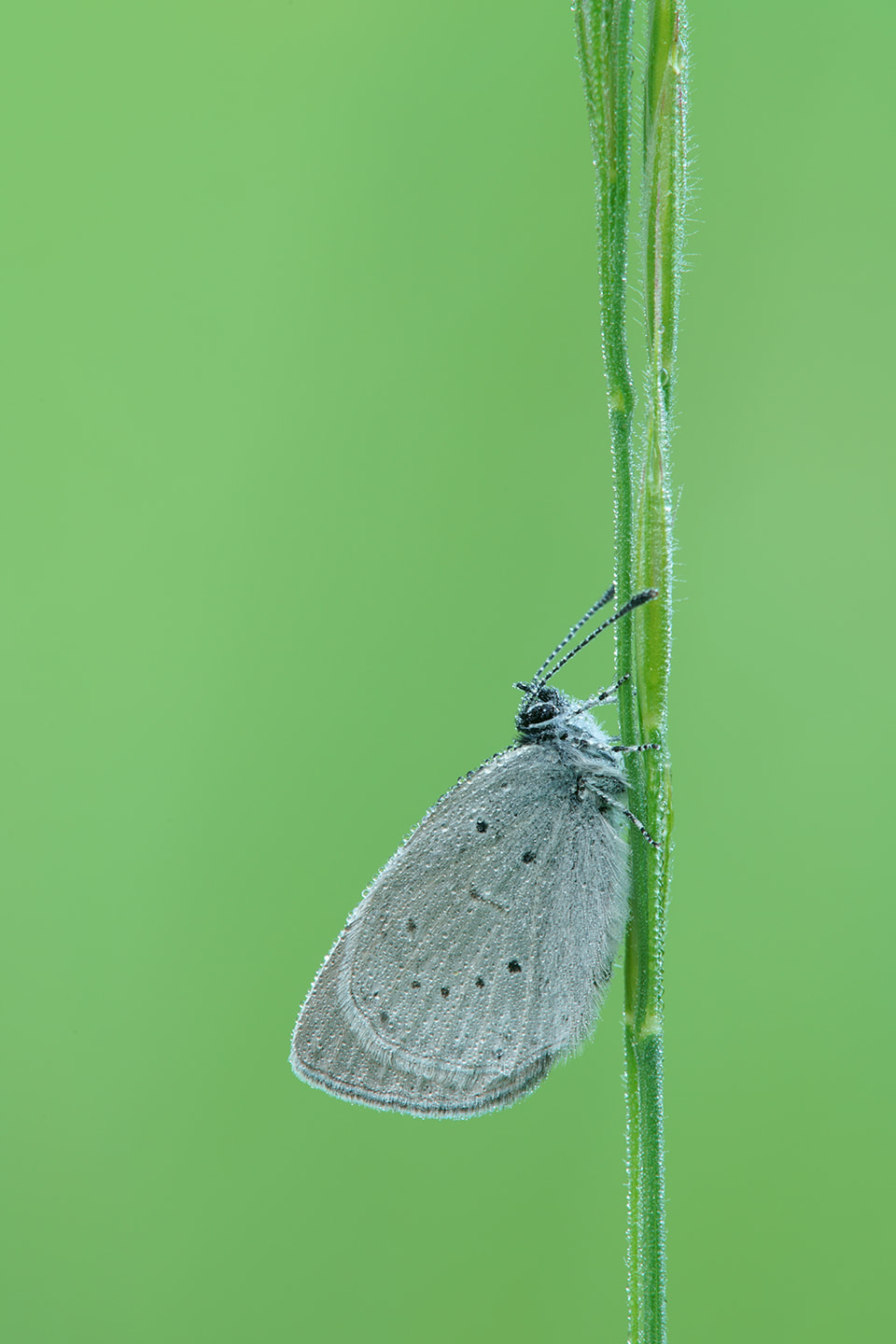

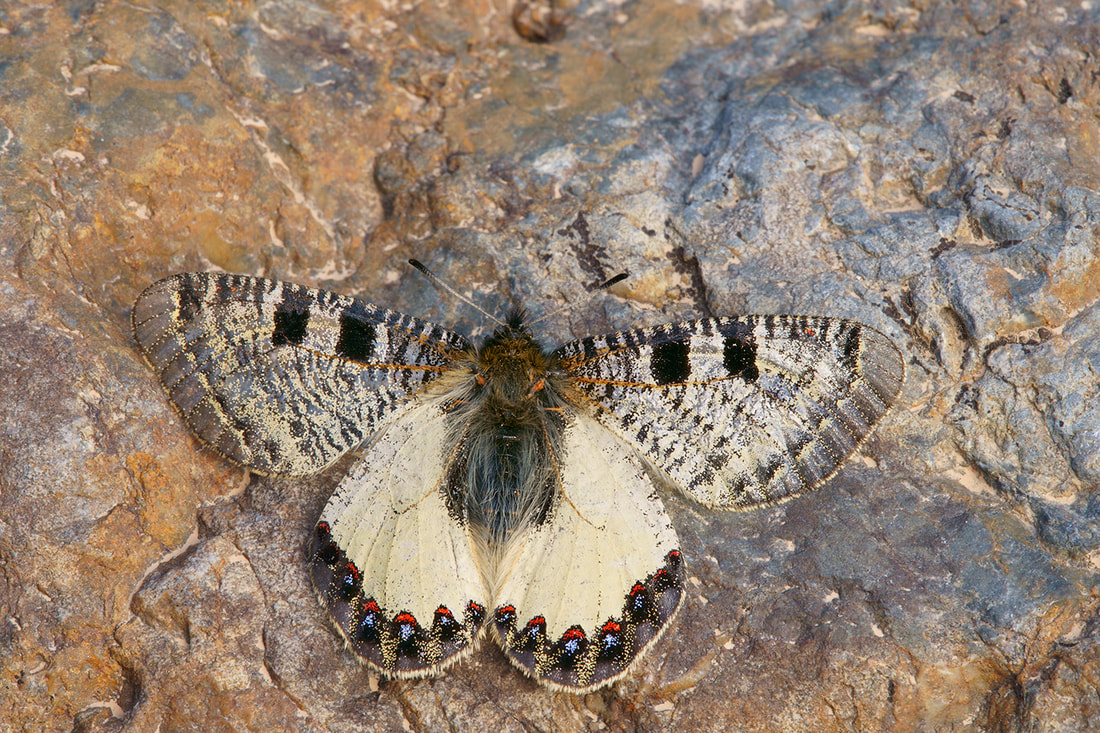





 RSS Feed
RSS Feed